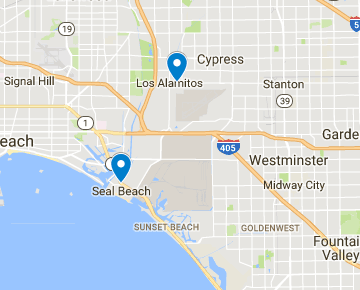What To Do for Plantar Warts

Where did they come from?
The short answer – from someone else. The longer explanation is that plantar warts, like all warts, are a manifestation of the Human Papillomavirus (HPV). This is a virus that can be easily transmitted by direct or indirect contact with a wart. It infects the person via openings in the skin, like cuts or scrapes – through direct contact or from locker room floors or shared towels. You can even spread it on other parts of your body when there is moist contact with open skin. People with compromised or weak immune systems tend to be more susceptible, as are children who go to public pools and often have cuts and scrapes.
What does it look like?
The viral infection creates a bump with hardened skin. When it is on the skin anywhere else, it usually forms a bump with some brown dots, which are caused by dried up blood. When the infection is on the bottom of the feet, flat and wide callus-like bumpsare formed.
What do I do about it?
The first thing to know is that some warts can come and go without much issue. However, most times they will need treatment. For starters, while it may be tempting, do not pick at it to remove it. If it is not properly removed, it can spread and be susceptible to other bacterial or fungal infections. Instead, try some of the following for symptom relief and treatment:
- Home treatment: Do a warm foot soak to soften the wart and file down the callus-like parts with an emery board or pumice stone. You can try over-the-counter salicylic acid or cryotherapy treatments, but make sure to be consistent and consult with a foot doctor.
- If the warts are painful, as plantar warts can be because they can appear on the weight bearing parts of the feet, try using soft padding, bandages, or cushioning.
- If home treatment doesn’t work: Our podiatrists may recommend stronger treatments, such as surgically cutting, shaving, freezing or burning the warts with strong cryotherapy or chemicals.
How can I prevent it?
Wash your feet each day and let them fully dry. Check your feet (as well as your children’s feet) for cuts or scrapes and treat them promptly so that the virus cannot get into your body. If you go to communal areas, do not go barefoot or share towels. It’s best to use flip-flops in these areas.
Plantar warts got you puzzled? Make an appointment at Alamitos-Seal Beach Podiatry Group to have your feet checked and to find the best solution to treat them and reduce risk of their return. One of our board-certified podiatrists, Dr. Douglas H. Richie, Dr. Jeremy L. Cook, Dr. Faye E. Izadi can treat your feet at either of our Seal Beach, CA or Los Alamitos, CA offices in Orange County.





